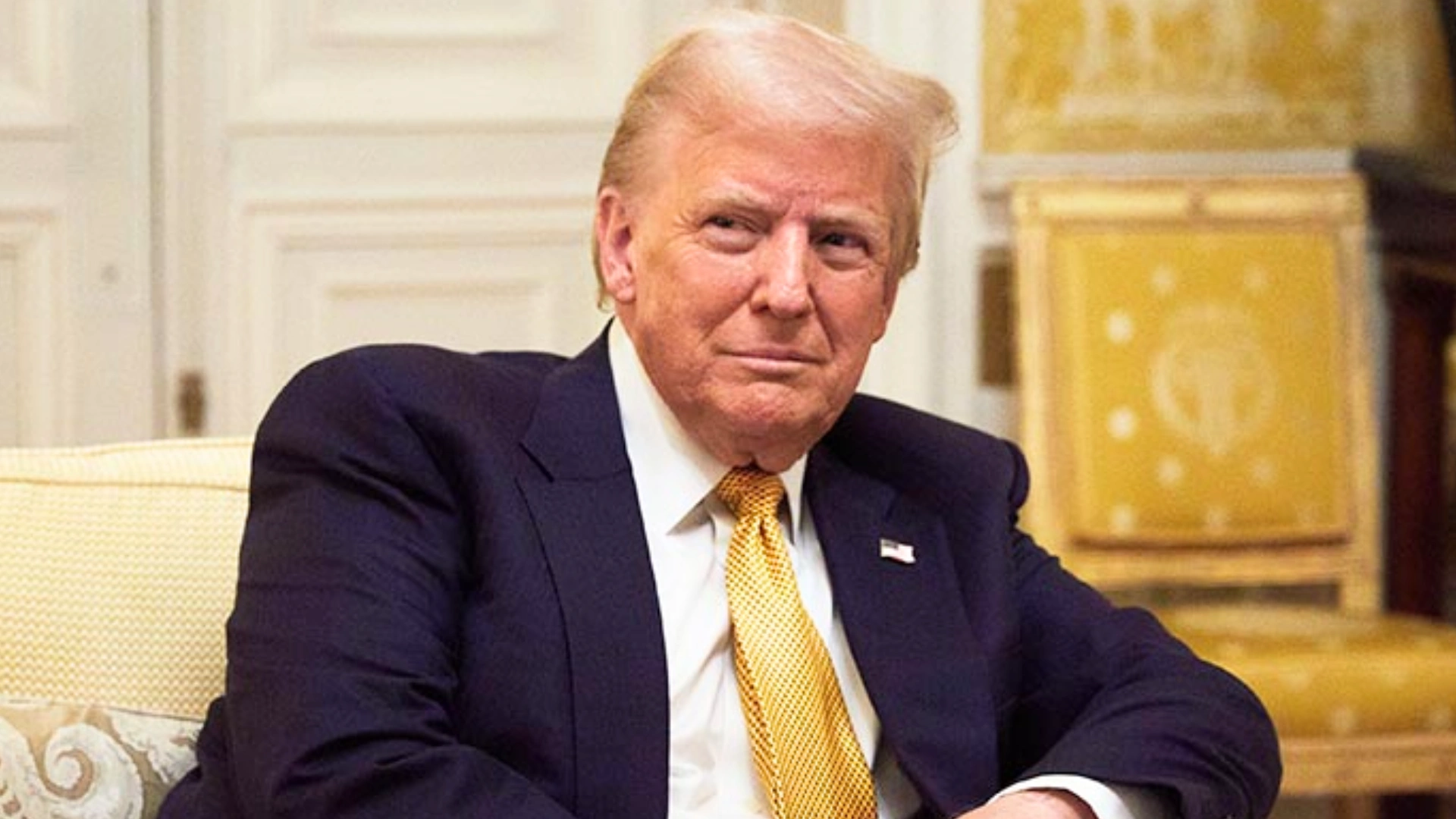The Supreme Court, by a 4-3 decision on Friday, overturned its 1967 ruling in the S. Azeez Basha vs. Union of India case, which had previously denied minority status to Aligarh Muslim University (AMU).
However, the Court has now assigned a three-judge bench to reevaluate the university’s minority status based on new principles set out in this ruling.
Supreme Court Overrules 1967 Judgment
The decision was issued by a seven-judge Constitution bench that offered four separate judgments in the case. Chief Justice DY Chandrachud, who led the bench, authored the majority opinion with Justices Sanjiv Khanna, JB Pardiwala, and Manoj Misra. Justices Surya Kant, Dipankar Datta, and Satish Chandra Sharma wrote dissenting opinions.
The court had reserved judgment on this matter in February after eight days of hearings. The issue of AMU’s minority status was a point of contention, particularly regarding the 1981 amendment to the AMU Act, which aimed to grant the institution minority status but, according to the Court, did not fully restore its original character prior to the 1951 amendment.
The AMU Act of 1920 established the university as a Muslim teaching institution, but the 1951 amendment removed the mandate for religious education for Muslim students.
Chief Justice Chandrachud questioned whether the 1981 amendment truly returned the university to its 1920 status. He suggested that if the amendment had explicitly reinstated AMU’s original minority character, it would have been more effective.
What Is Aligarh Muslim University Minority Case?
Historically, AMU was founded as Muhammadan Anglo-Oriental College in 1875 by Muslim community leaders, including Sir Syed Ahmed Khan, and was converted into a university under British rule in 1920. The question of its minority status has been debated through numerous legal proceedings and legislative discussions over the years.
In 1967, the Supreme Court ruled in the Azeez Basha case that AMU, as a central government-funded university, could not be considered a minority institution. The current case reopens this debate, as various arguments have been made for and against AMU’s minority status.
Supporters of minority status, including senior lawyer Kapil Sibal, argued that the limited number of Muslim members on AMU’s governing council does not negate its identity as a Muslim minority institution. Conversely, Solicitor General Tushar Mehta argued that a university receiving substantial central funding and designated as a national institution cannot claim minority status.
This issue has been a point of legal contention for decades, and the Allahabad High Court had previously nullified the 1981 law granting minority status to AMU. Appeals challenging that decision reached the Supreme Court, and in 2019, the issue was referred to a larger seven-judge bench.
The Congress-led UPA government had appealed the Allahabad High Court’s 2006 ruling, which overturned the 1981 amendment.
However, in 2016, the BJP-led NDA government stated it would withdraw the appeal, citing the 1967 Supreme Court judgment as grounds to argue that AMU, as a central university, does not qualify as a minority institution.
ALSO READ:Jet Airways Faces Liquidation As Supreme Court Invokes Article 142: What It Means For Creditors


















